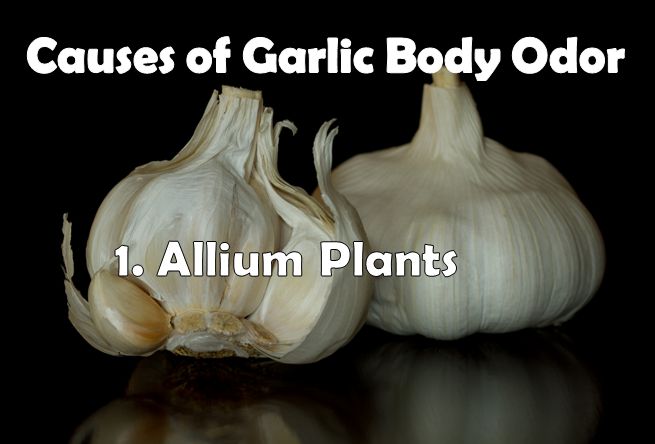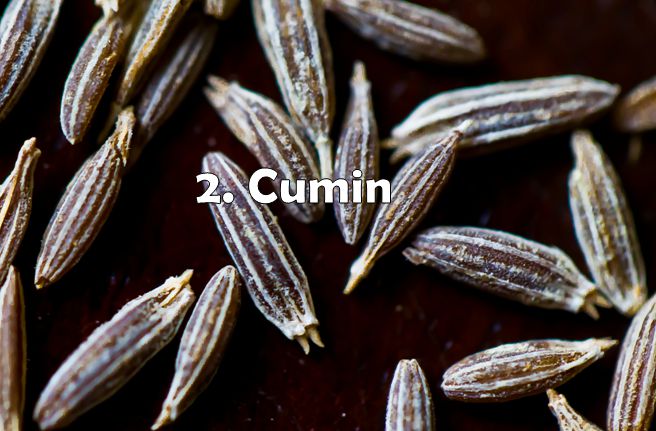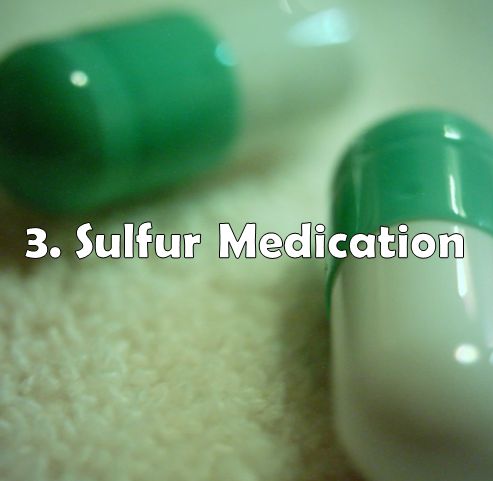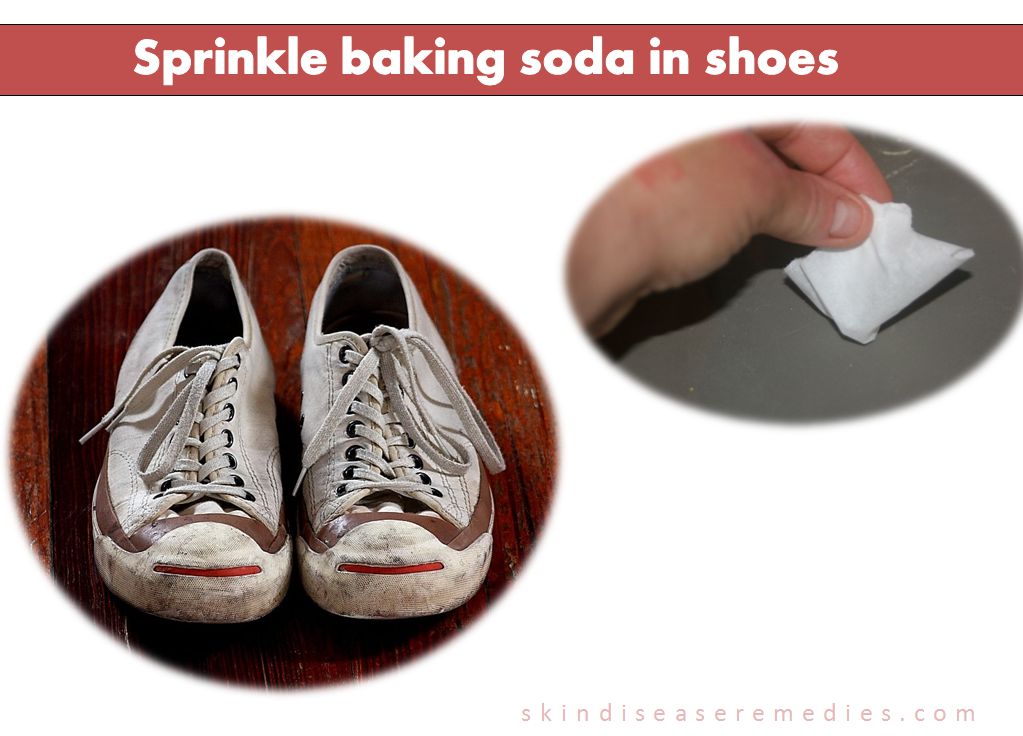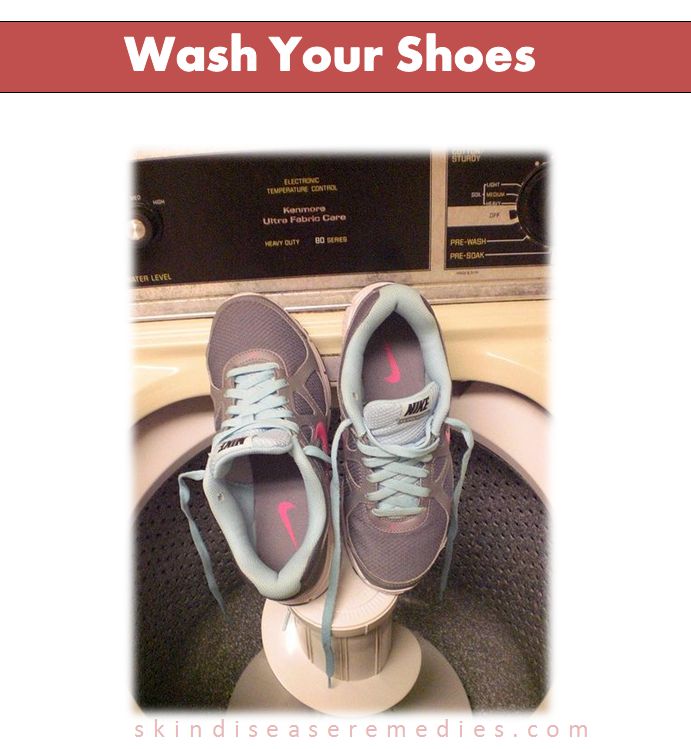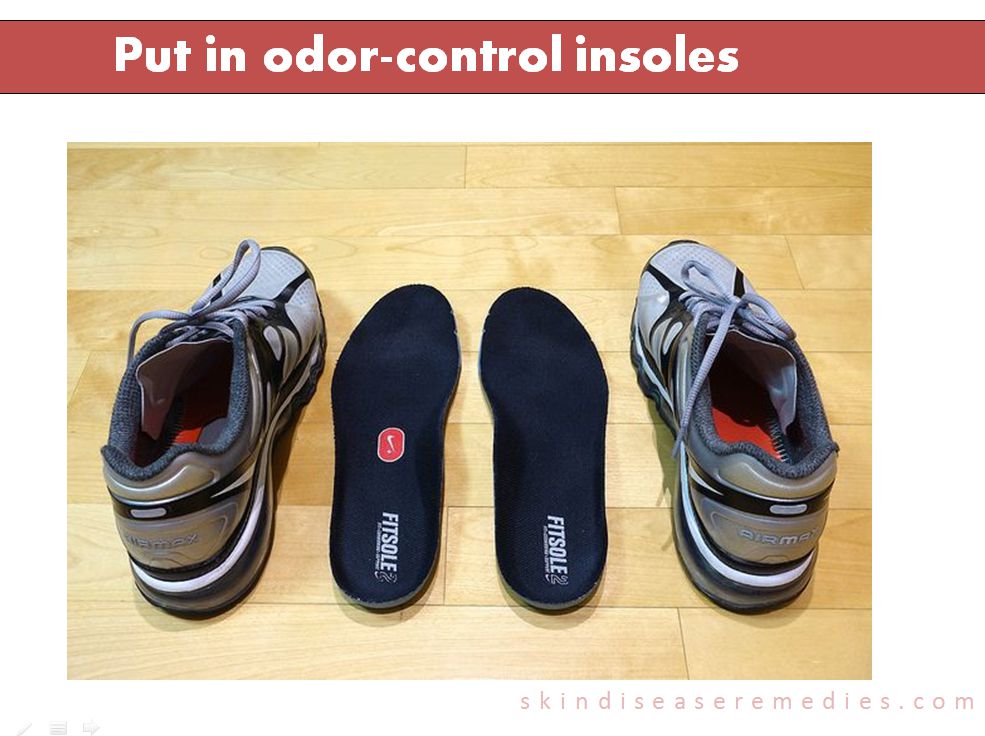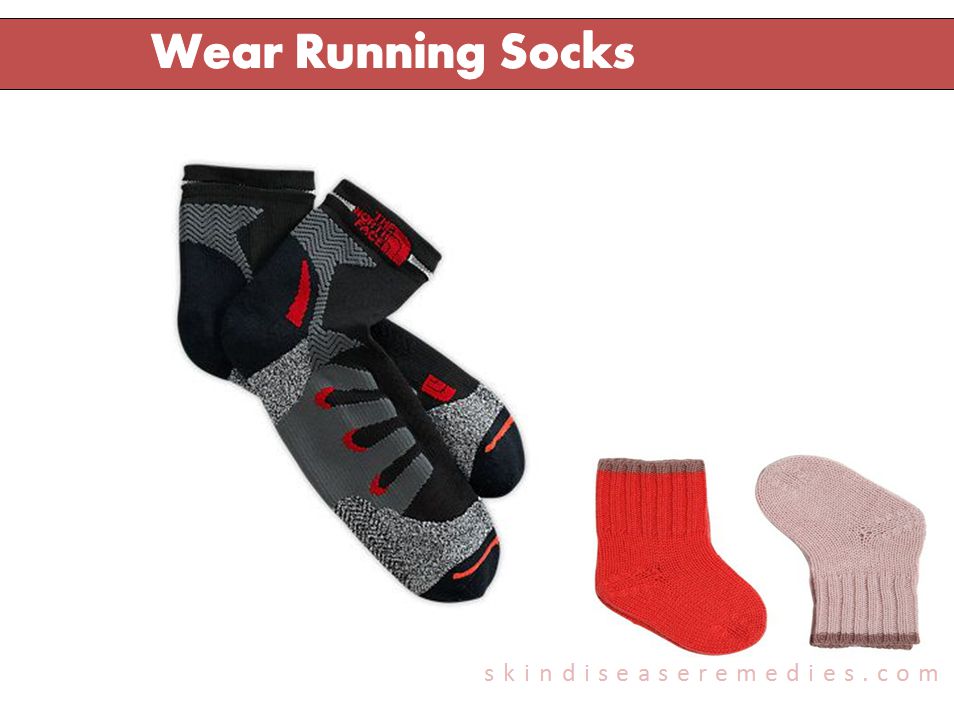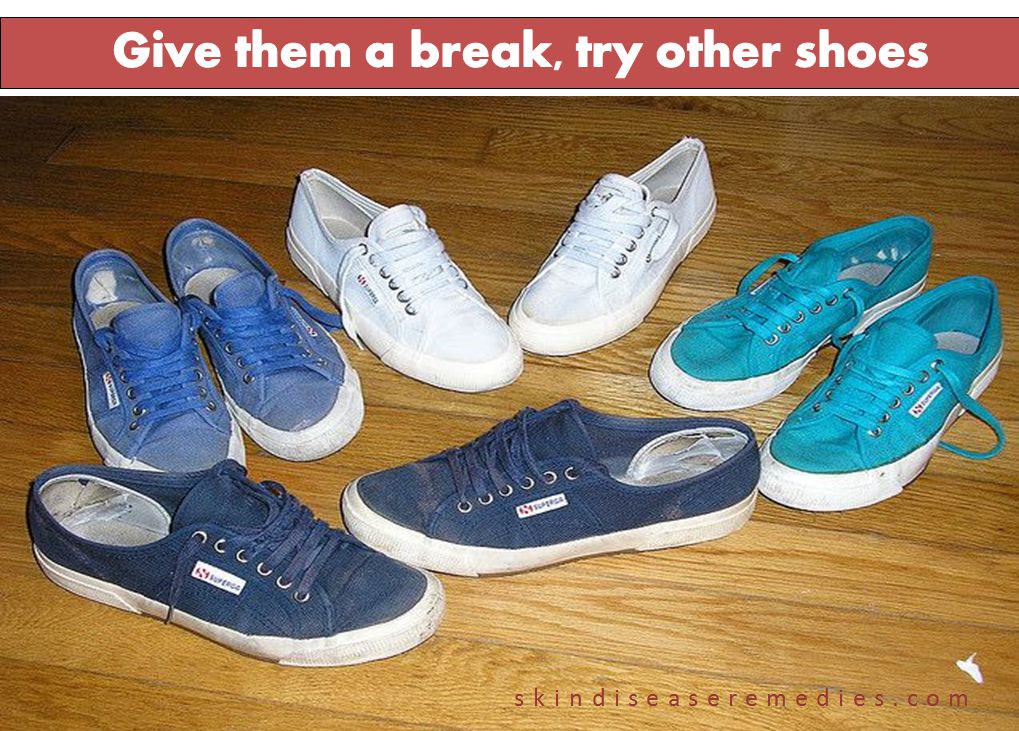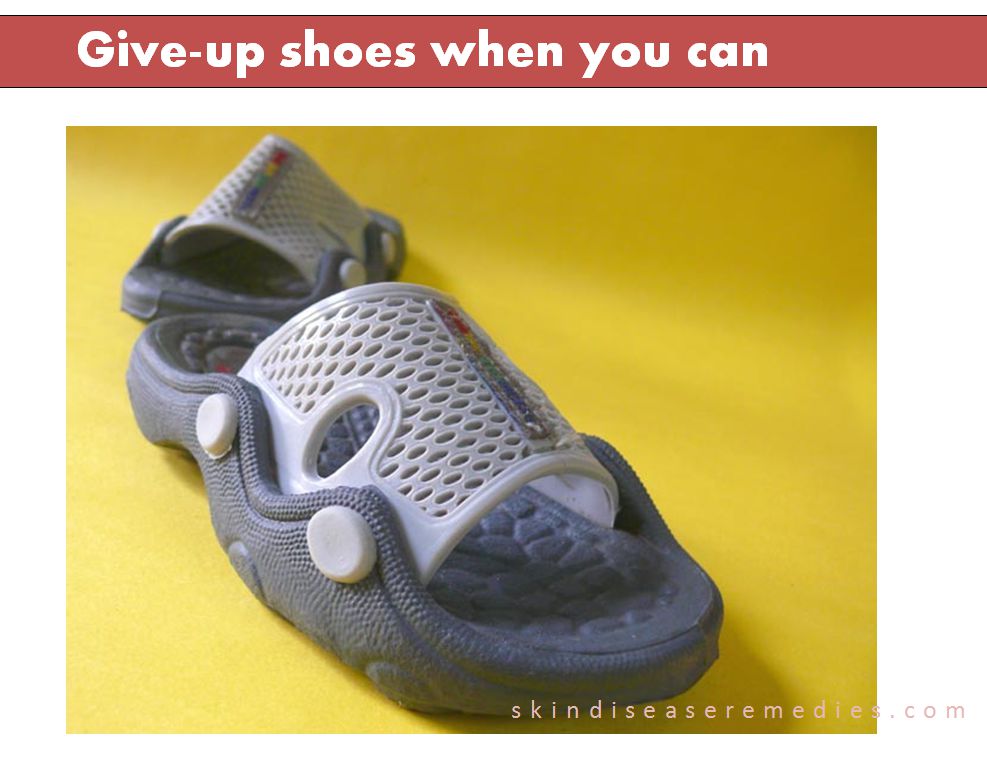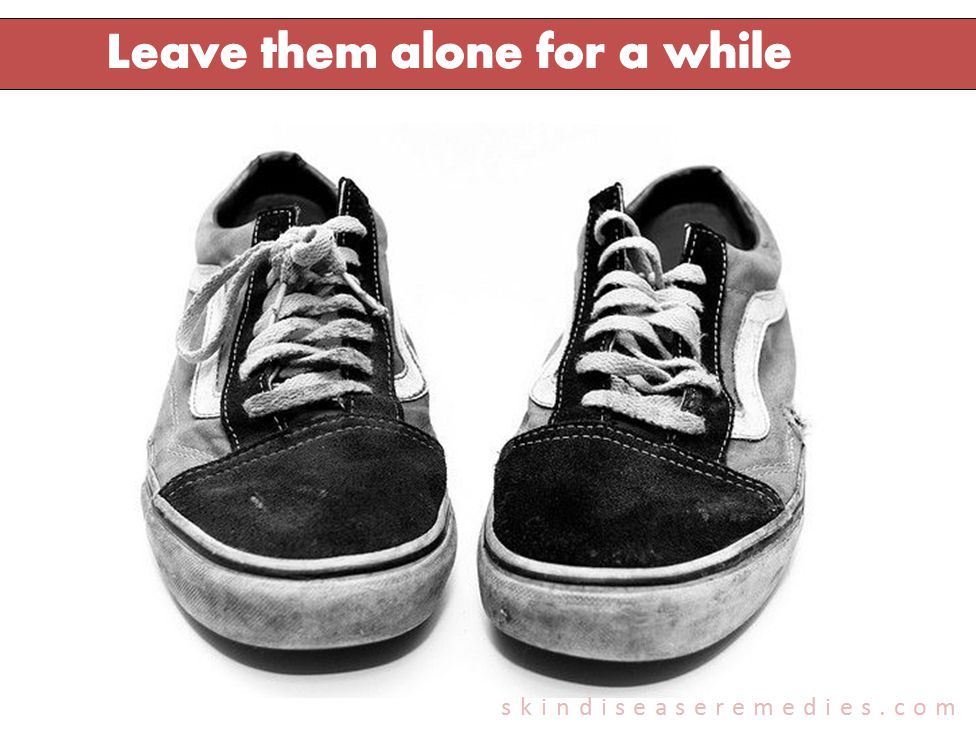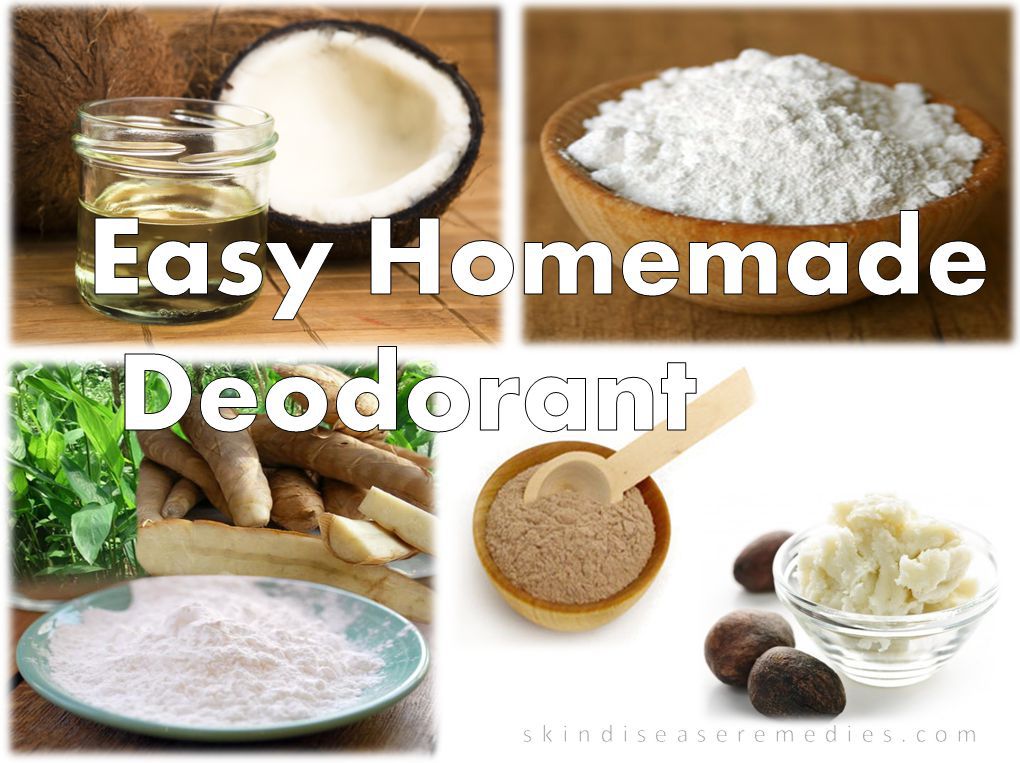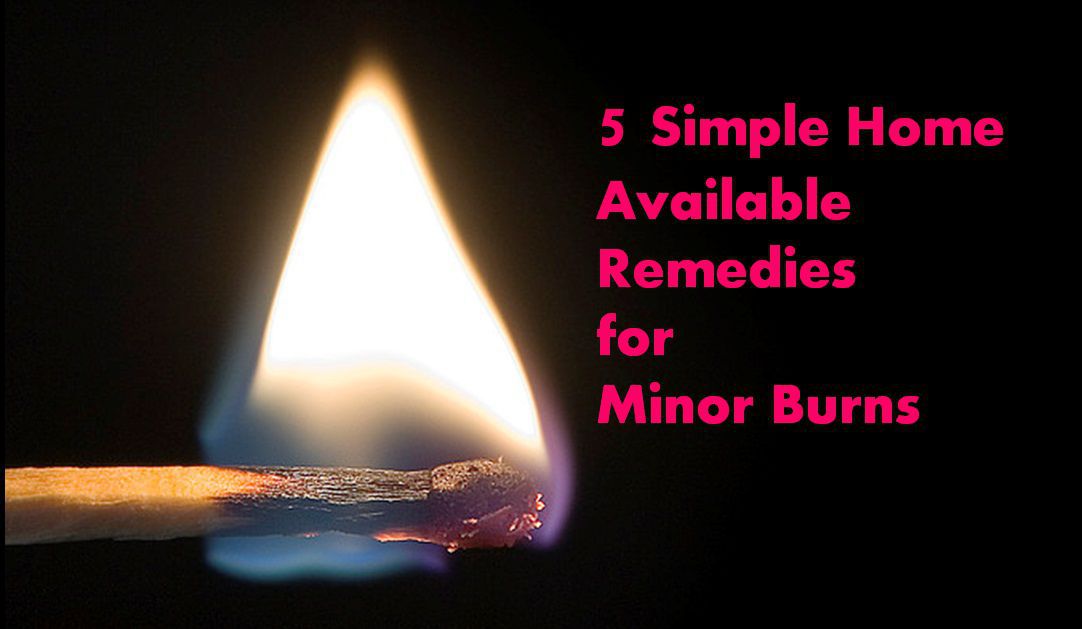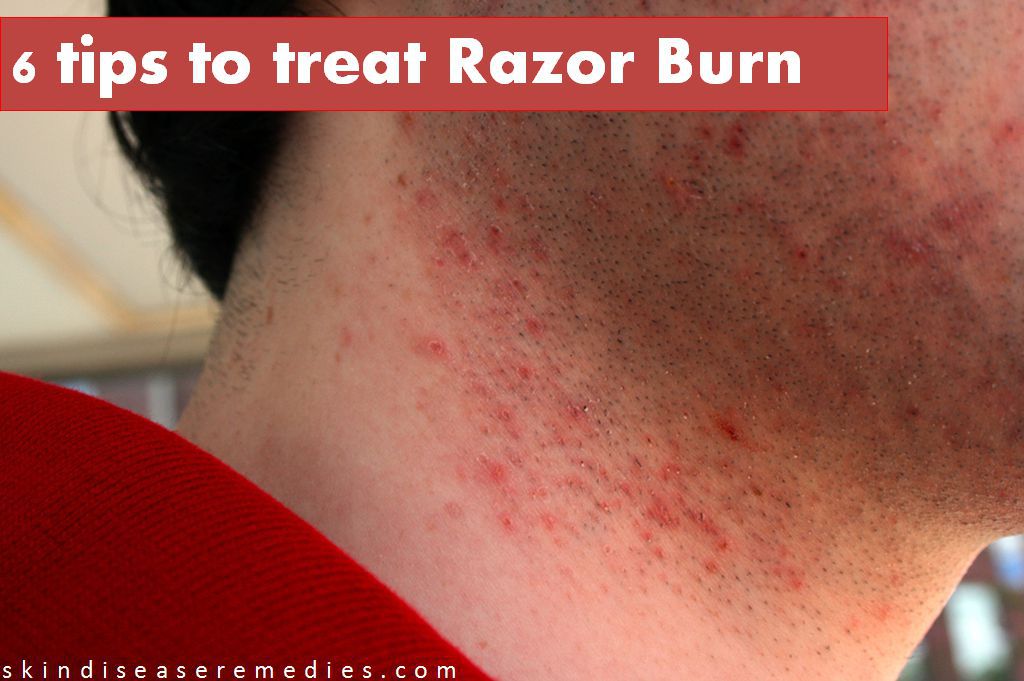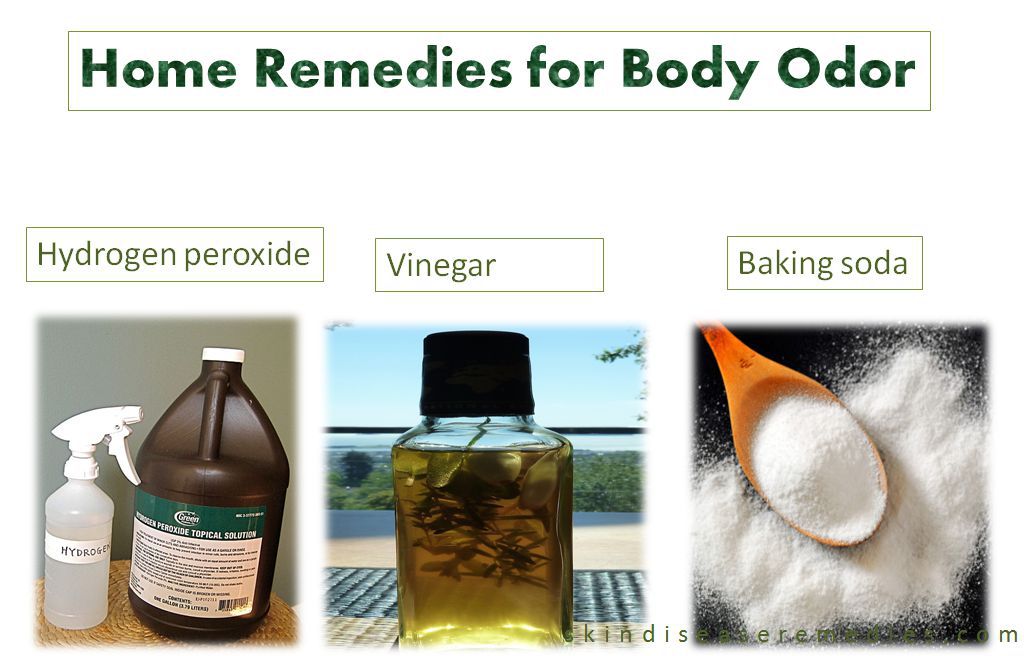
Yes, it’s natural and healthy to sweat. But who is going to carry that pungent smell all the day. This aroma coming from the body after sweating is disastrous for social life.
Thinking of deodorants?
To some extent yes, deodorants may help you. But let me remind you that you’re spraying chemicals with deodorants.
Whether you’re concerned about health issues or want to save money, home remedies come as best alternatives to get rid of body odor.
Must read: main cause of body odor
10+ Home Remedies to Get Rid of Body Odor
1. Fight Bacteria with Home Arsenal
Sweating differs from person to person. To fight the pungent smell, try following natural remedies.
- Take hydrogen peroxide or vinegar and rub under your arms and in groin, where you sweat more.
- Sweat produced is odorless but, the bacterium feeding on them leaves a pungent smell. Dust baking soda or cornstarch on odor-troubled areas of your body, they absorb sweat and kills odor causing bacteria.
- Witch hazel, with cotton swab dab it on concentrated body. It has deodorizing properties and dries moist skin.
- Oils such as lavender, pine and peppermint kills bacteria and also gives deodorizing smell. But may irritate skin, so test before trying.
- Bacteria can’t survive in acidic environment, rub citrus fruit like lemon on odor-troubled areas then rinse with cool water.
2. Hygiene
Biggest weapon in your arsenal is staying clean. Your body mainly has two types of glands which secrete sweat; eccrine glands secrete sweat when your body temperature rises. This is odorless.
Apocrine glands located under arms and in the groin secrete fluid (sweat) with fats and proteins; though this sweat is odorless bacteria feed on fats and proteins to form a pungent smell.
So cleaning those areas (shaving regularly) will not allow bacteria to settle.
3. Manage Stress
As mentioned above apocrine glands secrete sweat when you’re in emotional stress. Control yourself so that your body controls excess sweating.
Practice meditation and visualization to keep yourself cool in stressful circumstances.
4. Food you eat is directly proportional to Odor
Food experts say that spicy food makes you moist (results in sweating).
Stinky foods like onion, garlic and red meat are broken into small compounds in the body, which courses through blood and comes out in the form of sweat, breathe and urine.
Stay away from such foods.
Instead try spinach, chard, parsley, wheat-grass juice, kale and food with rich amount of chlorophyll (gives pleasant smell in your body.)
5. Check Your Wardrobe
Yes, I knew that you like that dress and want to wear for a couple of days. But my friends remember that people around you don’t like it. Tight clothes locks sweat in them, which releases pungent smell.
So, regularly wash your clothes.
Select dress which manages perspiration. Loose-fitting and light weighted fabrics will help you out.
6. Quit Smoking and Drinking Alcohol
Just like stinky food leave odor on your body, alcohol and tobacco makes your sweat pungent. Not just sweat, your urine and breathe gives an unpleasant smell.
Don’t think so? Ask your friends.
7. Pay Attention to Your Feet
Most ignored parts of our body are feet. Most of the time they’re tucked in dark environment and bacteria jump on them to feed leaving pungent smell.
Wash your feet with warm water and apply vinegar. Or soak your feet in salt water for about 15 minutes to kill bacteria. Then dry them.
Also read this : 10+ homemade salt and sugar body scrubs to exfoliate your skin
If it’s hereditary problem, then you must doctor.
Image source: 1,2,3
